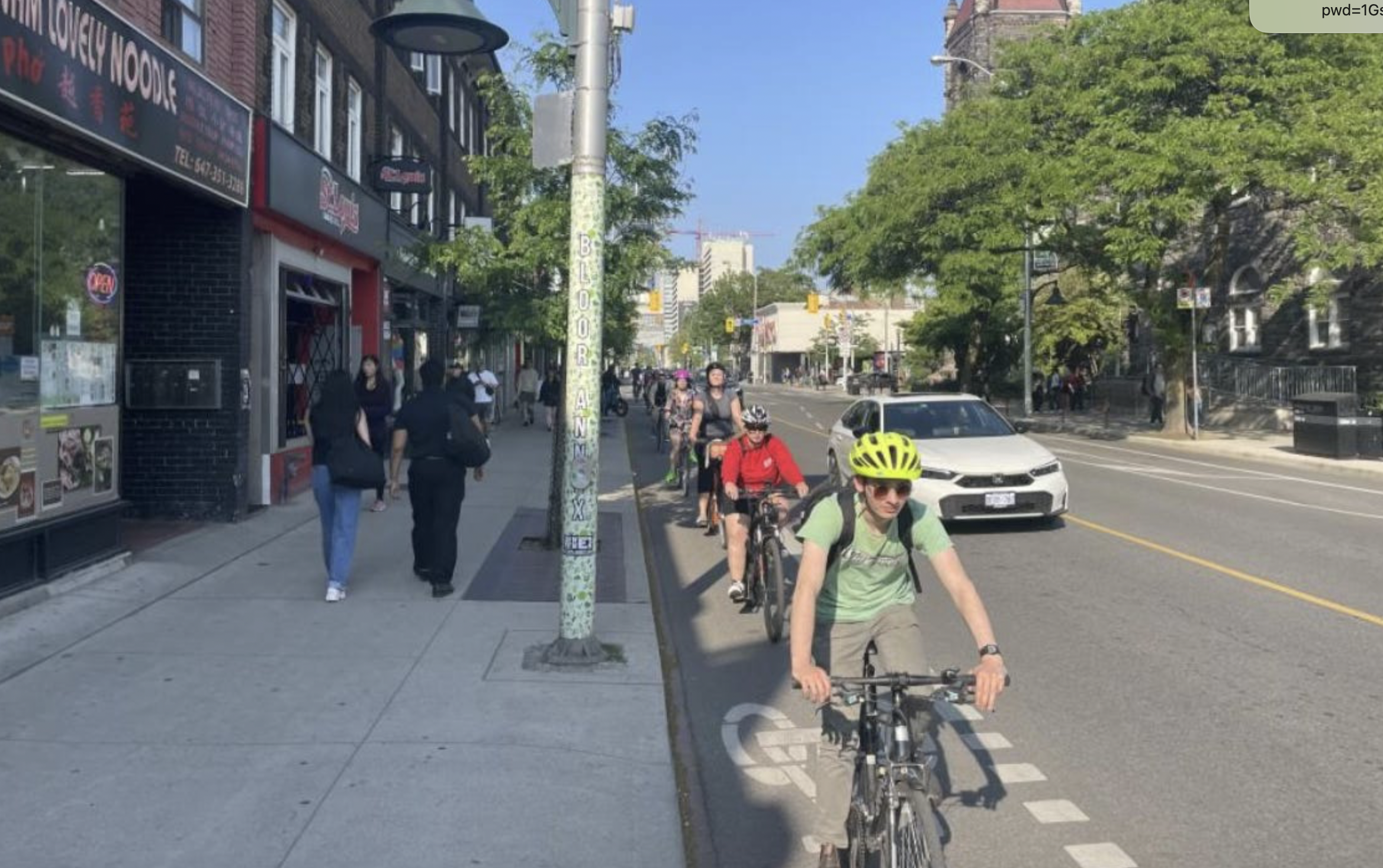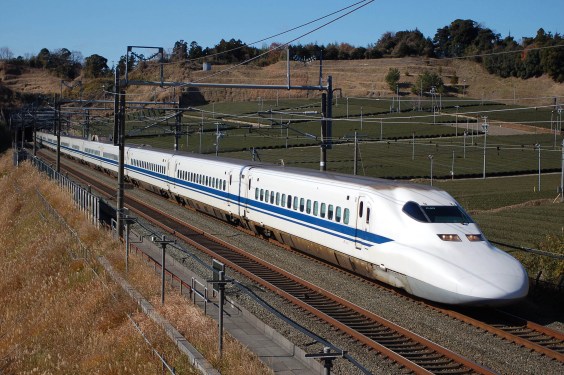The MAP-21 transportation bill was just signed two months ago, and its funding levels, agreed to by a difficult and fragile compromise between warring political parties, are already under attack.

In Congress, authorization and budgeting are two different processes, run out of different committees. And right now, House budgeters are looking to shave down the $52.6 billion a year MAP-21 allocated for transportation. Sen. Barbara Boxer, who presided over the passage of MAP-21, would like to see those authorized numbers stay sacrosanct.
Meanwhile, Congress is bound by the Budget Control Act, passed by Congress last summer as part of the debt ceiling deal, to cap overall funding levels at $1.047 trillion for next year. The House is working on a six-month continuing resolution to fund the federal government at that level for FY2013. (That’s the way Congress has been passing budgets lately – since they can’t agree on a real budget, they just pass continuing resolutions and agree to keep the previous year’s budget, sometimes with a little tinkering.)
The House’s continuing resolution would cut transportation funding half a billion dollars below MAP-21 levels.
In a letter sent yesterday to House Speaker John Boehner, Boxer reminded him that MAP-21 was “bipartisan legislation which passed the House of Representatives with an overwhelming vote of 373-52” and that it “included an inflationary adjustment for fiscal years 2013 and 2014” which the House bill “failed to protect.”
“Congress made a commitment to the American people that we were going to invest in our nation’s infrastructure at a time when our economy needs it the most,” Boxer exhorted. “Congress cannot go back on that promise.”
But then, in the very next line, she hedged her bets and wrote that even if the half-billion dollar cut stays in the six-month CR, it should at least be removed before any full-year transportation funding bill proceeds.
The House will vote on the continuing resolution tomorrow and the Senate is expected to take it up next week.





